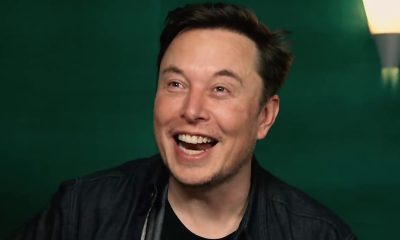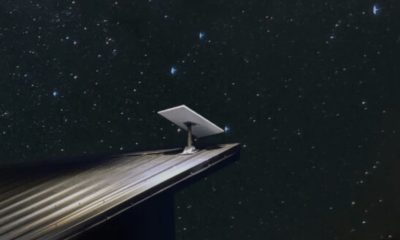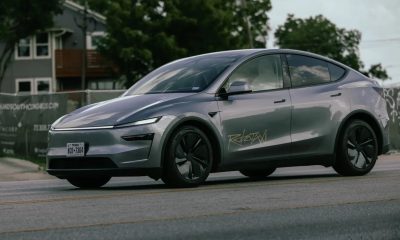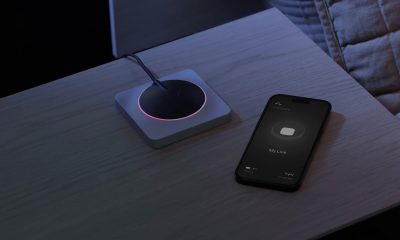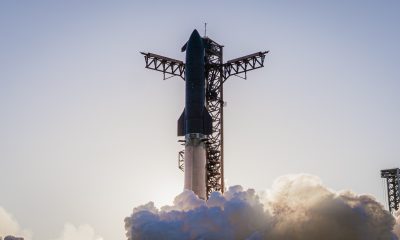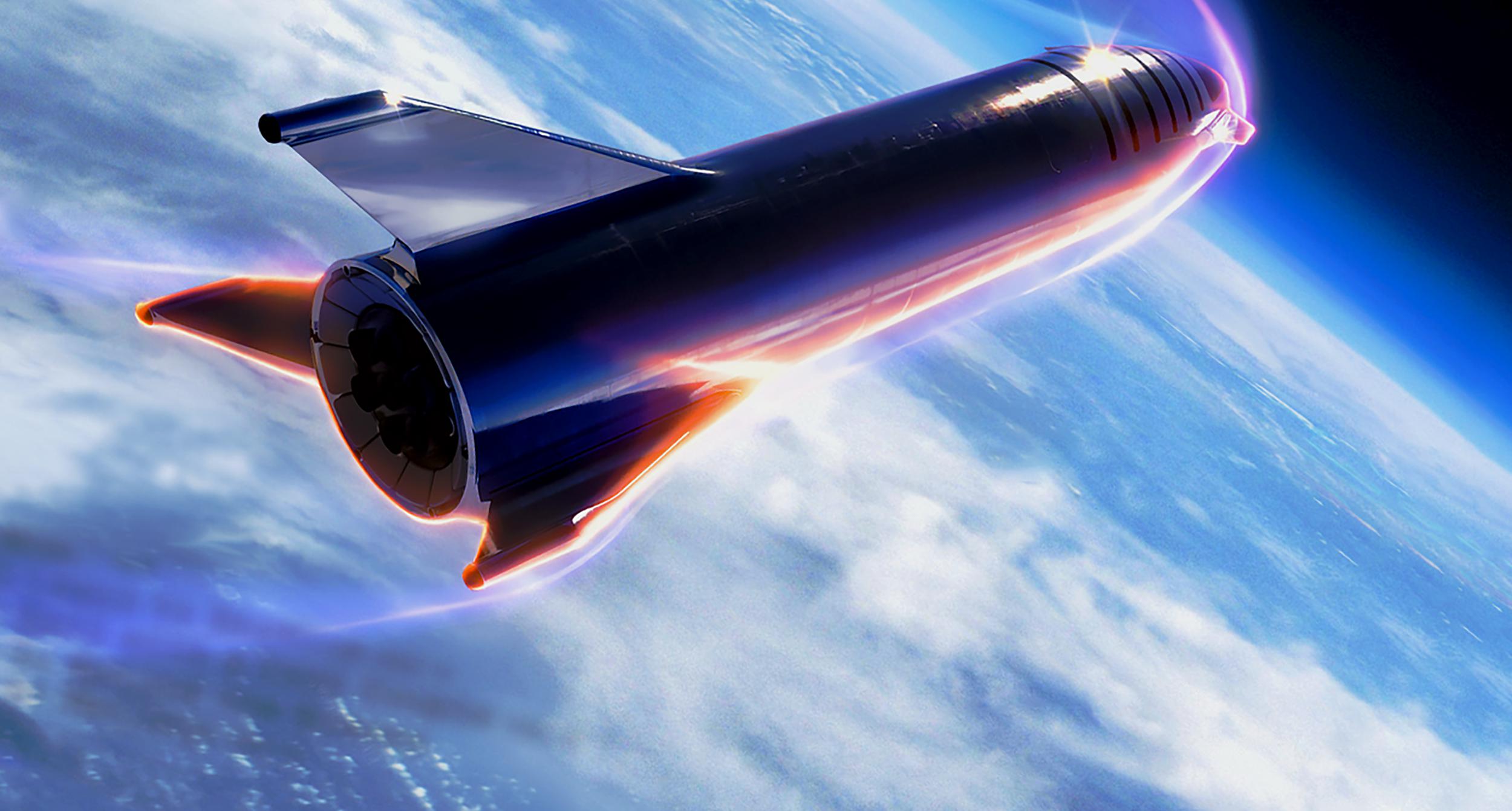
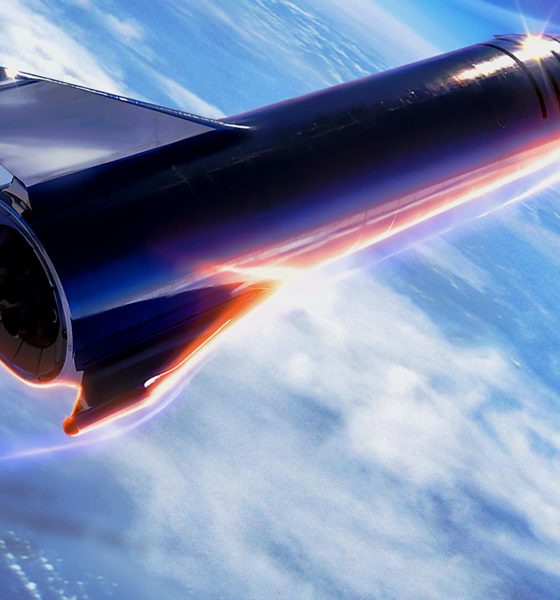
News
SpaceX CEO Elon Musk teases Starship flight debut details, reveals presentation date
Speaking on August 28th, CEO Elon Musk says that SpaceX’s first Starship flight test(s) could occur as early as October 2019, in line with a late-July estimate that pegged the milestone at 2-3 months out.
Under construction in Cocoa, Florida and Boca Chica, Texas, SpaceX’s duo of orbital-class Starship prototypes have made immense progress in the last two or so months, part of a (hopefully friendly) internal competition to be first to flight and first to orbit. Elon Musk has been planning to present an updated overview on the next-generation SpaceX launch vehicle, originally expected in August before a variety of factors pushed it into September. Musk says that presentation is now scheduled no earlier than (NET) September 28th.
Musk has previously described the highly-anticipated update as a technical overview of the decision-making process that has lead SpaceX to replace Starship’s composite design with stainless steel, among many other changes the rocket has undergone in the last 6-12 months. Aside from the obvious, Musk recently revealed that Starship’s fins/legs/wings also had to be modified from the tripod fin/canard setup shown in SpaceX’s September 2018 design update.
The first of Starship Mk1’s (Texas) landing fins or canards arrived in Boca Chica in mid-August, followed soon after by what appeared to be header tanks (smaller internal tanks for landing propellant), and what has been described as “the guts of Starship”. Although SpaceX’s Starship Mk2 (Cocoa, FL) team was forced to pause work for several days as a result of the incoming Hurricane Dorian, work in Texas has proceeded unabated and continues around the clock with two or three shifts.
Starship Mk1’s triple-Raptor thrust structure was installed inside the vehicle’s tank section several weeks ago. Workers are now in the process of installing the Starship’s common bulkhead, a dome that will separate its liquid oxygen and methane tanks, and a third and final dome – the top of Starship’s LOx tank – is in the late stages of assembly.
In short, SpaceX’s Mk1 Starship continues to maintain an absolutely blistering pace of progress and could very well be ready in time for Musk’s proposed October flight debut, despite the fact that the CEO is more than a little infamous for his near-impossible deadlines and schedules.
Starship’s first flight
Musk says that Starship’s first flight – likely featuring the Mk1 vehicle – or a subsequent test flight could see the spacecraft prototype reach an altitude of 20 km (12 mi/~64,000 ft), indicating that SpaceX plans to transition into high-altitude, high-velocity testing as soon as possible.
Incredibly, Musk also stated that Starship’s inaugural orbital launch attempt could come “shortly thereafter”, an attempt that – according to previous statements from Musk – would demand the completion of the first Super Heavy booster, as well as the 20+ Raptor engines it would require. Musk estimated that Raptor will reach orbital flight-readiness as early as October or November, while an orbital flight test before the end of 2019 would technically mesh with his late-July estimate of December/January.
Whether or not SpaceX manages to achieve that almost unbelievably ambitious target, it seems entirely plausible that – barring unforeseen developments – Starship Mk1 and Mk2 will be ready for flight testing well before the end of 2019. Stay tuned for updates as Starship assembly continues in Texas and Florida.
Check out Teslarati’s Marketplace! We offer Tesla accessories, including for the Tesla Cybertruck and Tesla Model 3.
Elon Musk
Elon Musk just roasted Sam Altman’s Tesla Roadster cancellation
“And you forgot to mention act 4, where this issue was fixed and you received a refund within 24 hours.
But that is in your nature.”
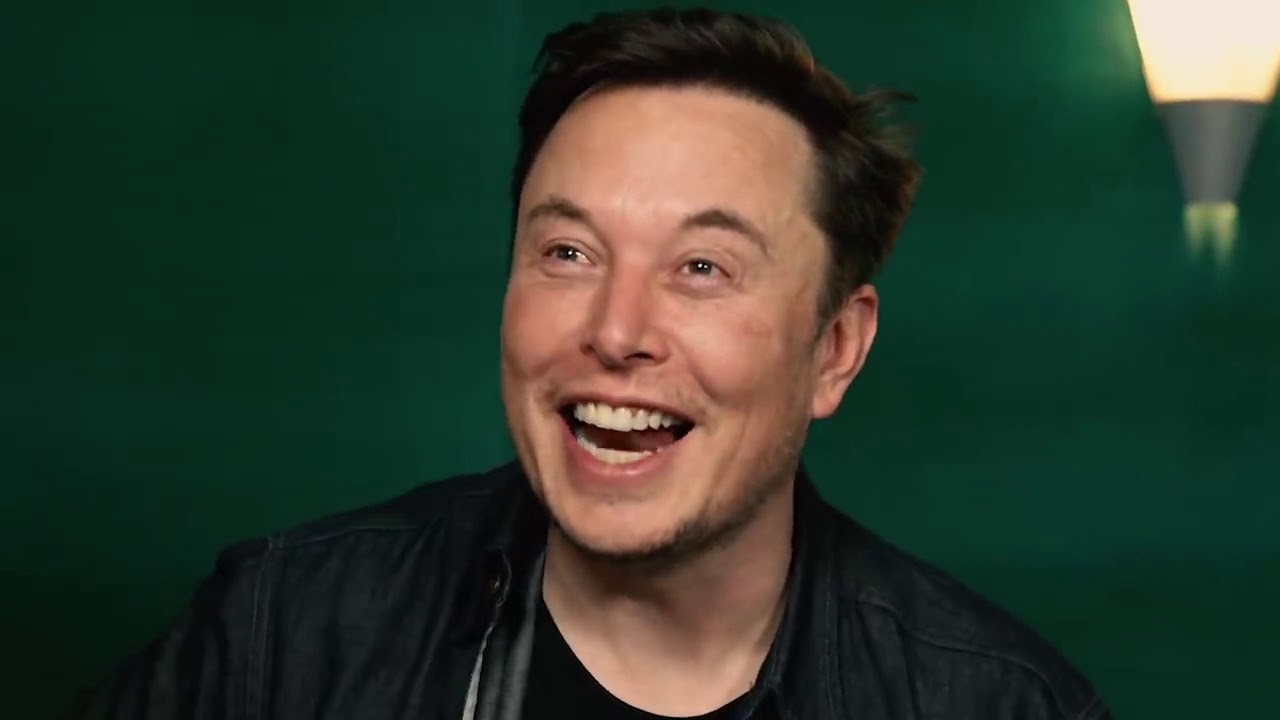
Elon Musk has responded to OpenAI CEO Sam Altman’s decision to cancel his Tesla Roadster reservation, which he revealed on X on Thursday.
We reported on Altman’s decision, which he called “A tale in three acts,” showing his confirmation email from Tesla back in 2018, an email requesting his $50,000 deposit back after canceling his order, and a notification from Google that the email he sent was not delivered.
A tale in three acts: pic.twitter.com/ClRZBgT24g
— Sam Altman (@sama) October 30, 2025
Musk did not take too kindly to the post from his tech rival, first referencing his position with OpenAI, and then confirming that Altman received his reservation deposit back within 24 hours:
And you forgot to mention act 4, where this issue was fixed and you received a refund within 24 hours.
But that is in your nature.
— Elon Musk (@elonmusk) November 1, 2025
OpenAI was started by Musk, Altman, and others back in 2015, and was geared toward being a non-profit company that would develop safe artificial intelligence that would be accessible to people.
However, Musk and Altman did not agree on the future of the company. Musk left, and Altman turned OpenAI into a for-profit company. This led to a variety of lawsuits and some very public spats between the two. Musk has called out Altman for turning the company into a for-profit, which has been his main source of criticism for his former colleague.
The Roadster has been hanging in the balance of Tesla’s manufacturing plans for seven years, but the company has made more indications that it will be unveiled later this year and will have some insane technologies.
Musk said on Friday in an episode of the Joe Rogan Experience Podcast that Tesla is “getting close to demonstrating the prototype.”
He said:
“Whether it’s good or bad, it will be unforgettable. My friend Peter Thiel once reflected that the future was supposed to have flying cars, but we don’t have flying cars. I think if Peter wants a flying car, he should be able to buy one…I think it has a shot at being the most memorable product unveil ever. [It will be unveiled] hopefully before the end of the year. You know, we need to make sure that it works. This is some crazy technology in this car. Let’s just put it this way: if you took all the James Bond cars and combined them, it’s crazier than that.”
Musk hinted that the vehicle could fly and would have “crazy technology” that would put James Bond’s vehicles to shame. It will be interesting to see what Tesla will unveil when the event happens and if it can come through on this mind-blowing teaser.
News
SpaceX successfully launches 100th Starlink mission of 2025
With 100 Starlink missions completed for 2025, space enthusiasts have noted that SpaceX has successfully launched 2,554 Starlink satellites so far this year.
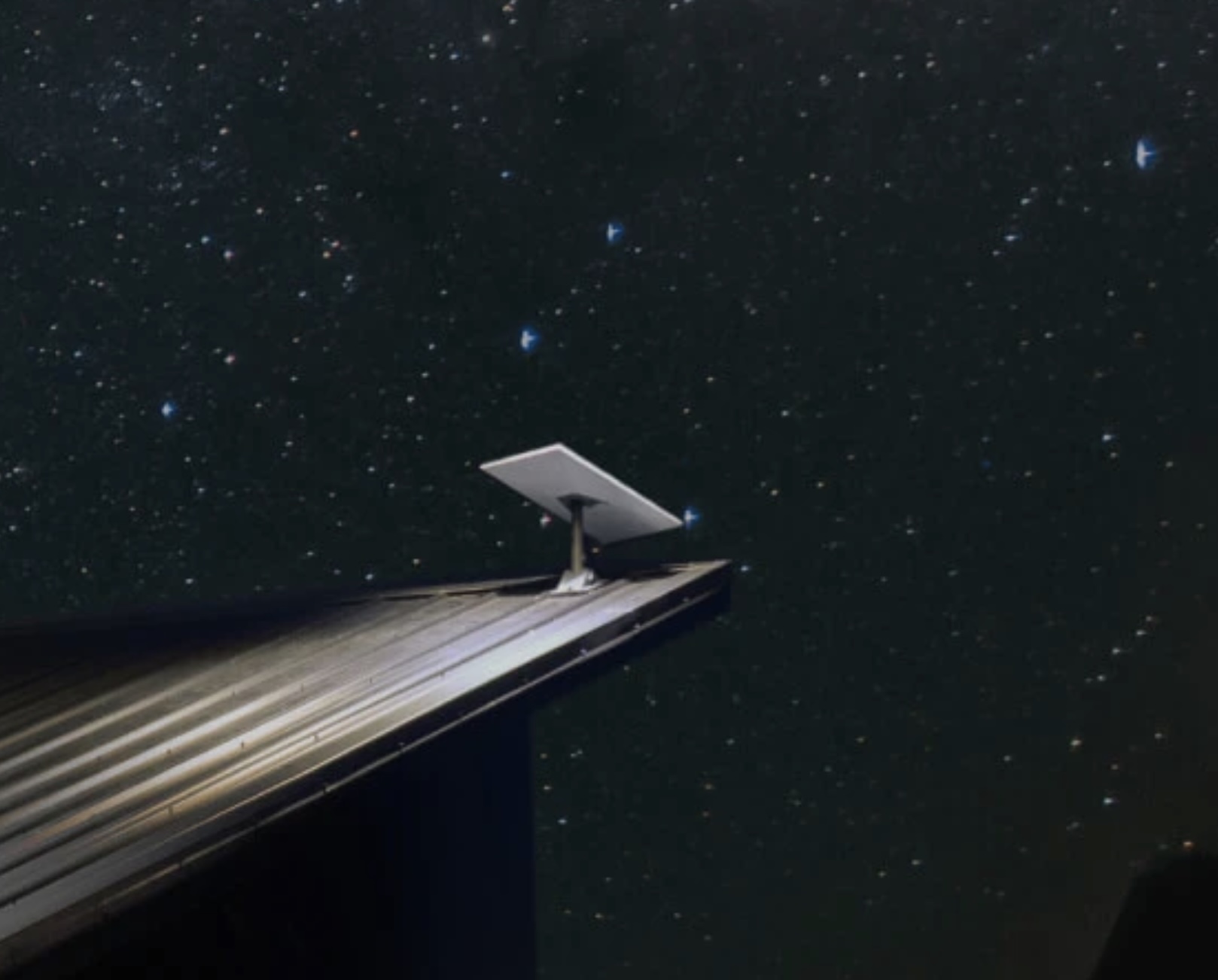
SpaceX achieved its 100th Starlink mission of the year on Friday, October 31, marking another milestone for 2025.
A Falcon 9 rocket carrying 28 Starlink broadband satellites successfully lifted off from Vandenberg Space Force Base in California at 4:41 p.m. ET, carrying another 28 Starlink satellites to Low Earth Orbit (LEO).
Falcon 9 booster’s 29th flight
Roughly 8.5 minutes after liftoff, the Falcon 9’s first stage touched down on the drone ship Of Course I Still Love You in the Pacific Ocean. This marked the booster’s 29th flight, which is approaching SpaceX’s reuse record of 31 missions.
This latest mission adds to SpaceX’s impressive 138 Falcon 9 launches in 2025, 99 of which were dedicated to Starlink, according to Space.com. The company’s focus on reusing boosters has enabled this breakneck pace, with multiple launches each week supporting both Starlink’s expansion and external customers.
Starlink’s network continues massive global expansion
Starlink remains the largest active satellite constellation in history, with more than 10,000 satellites launched, nearly 8,800 of which are currently active. SpaceX recently achieved Starlink’s 10,000-satellite milestone. With 100 Starlink missions completed for 2025, space enthusiasts have noted that SpaceX has successfully launched 2,554 Starlink satellites so far this year.
Starlink, which provides high-speed, low-latency internet connectivity even to the world’s most remote areas, has been proven to be life-changing technology for people across the globe. The service is currently operational in about 150 countries, and it currently has over 5 million subscribers worldwide. From this number, 2.7 million joined over the past year.
News
Tesla shares updated timeframe for Cybertruck FSD V14 release
The Cybertruck was expected to receive FSD V14 before the end of the month, but Tesla was not able to meet the target.
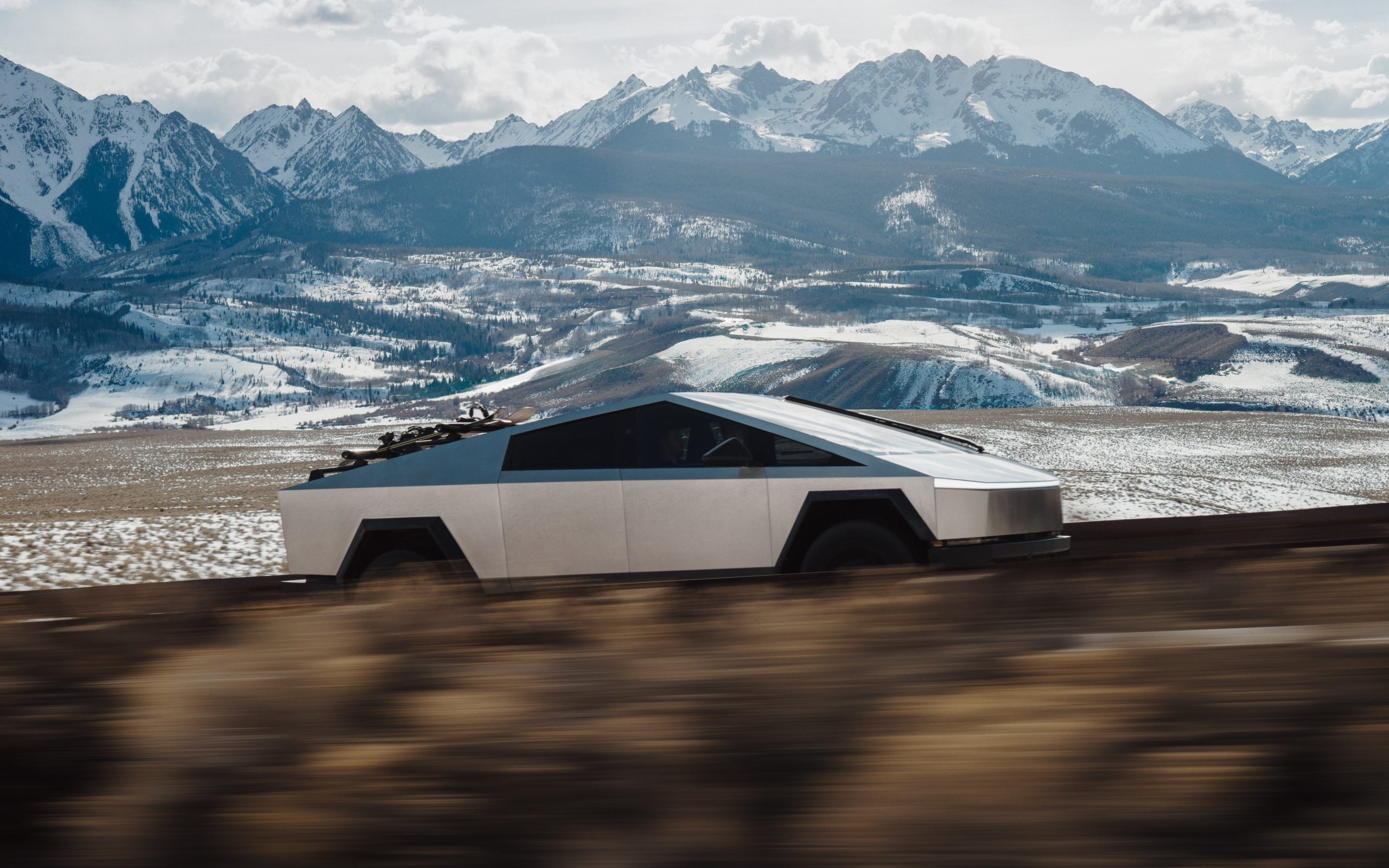
Tesla’s Full Self-Driving (FSD) V14 update for the Cybertruck could arrive this weekend, as per recent comments from Director of Autopilot Software and VP of AI Ashok Elluswamy.
The Cybertruck was expected to receive FSD V14 before the end of the month, but Tesla was not able to meet the target.
Cybertruck FSD V14
Considering the extended wait for FSD V14, it was no surprise that several Cybertruck owners were asking for updates about the system’s rollout to the all-electric pickup truck on Friday. These included the official Cybertruck X account, which responded to Elluswamy’s end of month estimate with “I only see trick. Where is my treat.”
This prompted a response from the AI executive, who replied with, “Sorry, pushing for early access Cyber release over the weekend.” This means that if all goes well, Cybertruck owners would be able to experience FSD V14 very soon. Some, however, are wondering if Tesla would go straight to V14.2 for the Cybertruck’s FSD V14 update, or if the vehicle will receive V14.1 first.
Tesla pushes to unify FSD experience across its lineup
The upcoming Cybertruck rollout represents the next step in Tesla’s efforts to roll out FSD capabilities across all of its vehicles. FSD V14 is a notable step forward for the company’s AI-driven self driving system, with features like Mad Max mode getting positive reviews from longtime Full Self Driving testers.
For the Cybertruck, the FSD V14 update would mark one of its first major over-the-air upgrades for the vehicle. Likely due to its size, the Cybertruck tends to receive FSD updates later than the S3XY lineup, which is quite surprising considering that the all-electric pickup truck is a premium-priced vehicle that is home to some of Tesla’s most advanced technologies.
-
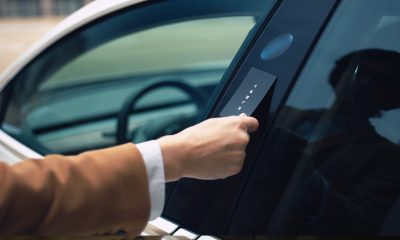
 News2 weeks ago
News2 weeks agoTesla might be doing away with a long-included feature with its vehicles
-
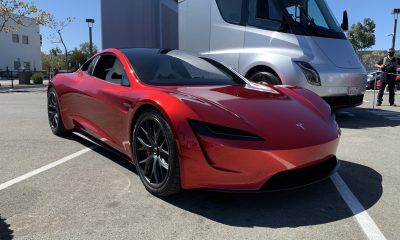
 News2 weeks ago
News2 weeks agoTesla updates fans on its plans for the Roadster
-
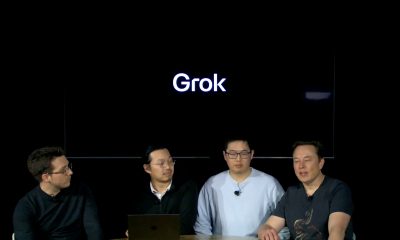
 Elon Musk2 weeks ago
Elon Musk2 weeks agoElon Musk: Grok 5 now has a 10% chance of becoming world’s first AGI
-
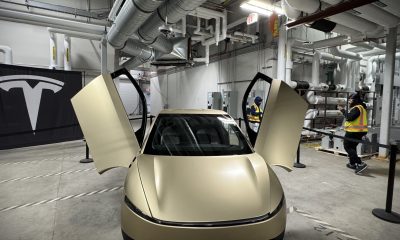
 News2 weeks ago
News2 weeks agoTesla is ramping up its hiring for the Cybercab production team
-
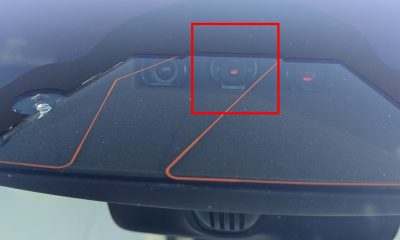
 News2 weeks ago
News2 weeks agoTesla rolled out a new feature with FSD v14 to fix a major complaint
-
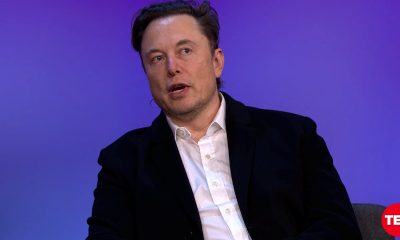
 Elon Musk2 weeks ago
Elon Musk2 weeks agoElon Musk hits back at former Tesla employee who disagrees with pay package
-
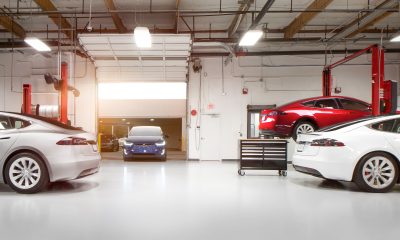
 News2 weeks ago
News2 weeks agoTesla just made Service even easier and more convenient
-
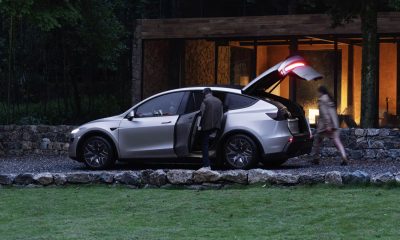
 News2 weeks ago
News2 weeks agoTesla Model Y L becomes China’s 4th best-selling mid-to-large SUV in its first month of sales


